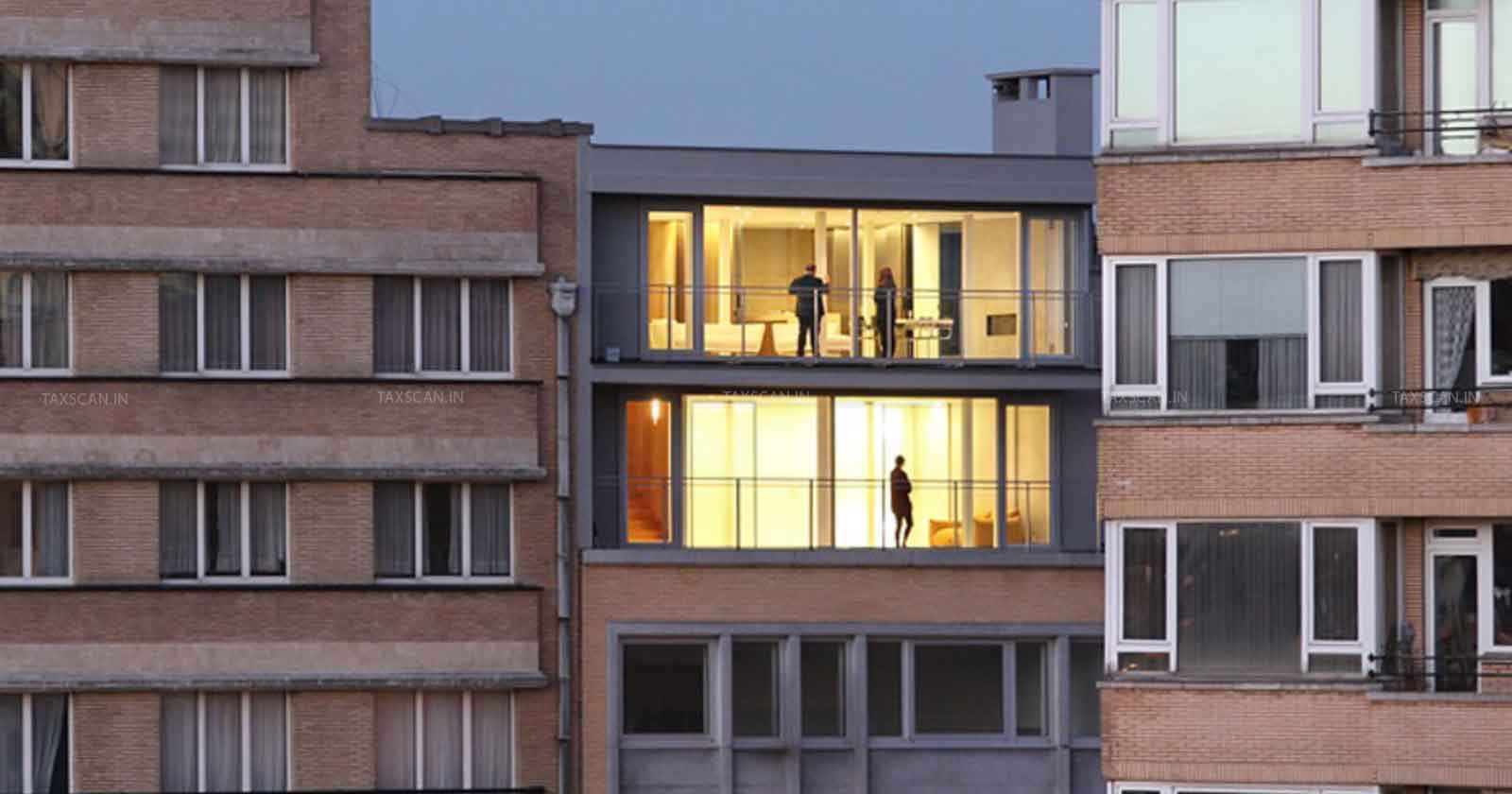Use of Two Flats in Different Floors as Unified Residence Impractical: Delhi HC upholds Disallowance of S. 54 Capital Gains Exemption [Read Order]
Delhi HC rules that two flats on different floors cannot qualify as a single residence under Section 54 for capital gains exemption. Read the key observations and verdict

Delhi High Court – Section 54 Income Tax Act – Unified residence tax – Two flats single residence tax exemption – taxscan
Delhi High Court – Section 54 Income Tax Act – Unified residence tax – Two flats single residence tax exemption – taxscan
In a significant judgment, the Delhi High Court upheld the disallowance of a full exemption claim under Section 54 of the Income Tax Act for capital gains used to purchase multiple flats. The Division Bench of the court that heard the case ruled that two flats purchased by the appellant, located on different floors of the same residential tower, do not qualify as a single residential house for exemption purposes.
The appellant inherited a property in Jaipur, which she sold during the Assessment Year 2013-14 for ₹77.75 lakh. She claimed exemption under Section 54, citing reinvestment in two flats in the same Noida residential complex, amounting to ₹44.13 lakh and ₹42.39 lakh, respectively. However, the Assessing Officer (AO) denied the exemption, citing that the two flats were on separate floors and could not be combined into one residential unit.
Step by Step Guidance for Tax Audit & E-filing, Click Here
The Income Tax Appellate Tribunal (ITAT) had partially allowed the claim, granting exemption for the flat purchased at the higher cost, but the appellant approached the High Court seeking relief for both flats.
The court noted that the two flats were located on separate floors at opposite ends of the building. Neither physical modifications nor legal provisions could combine them into a cohesive residential unit. The court rejected the claim that the flats formed a unified residence.
It was contended that the exemption under Section 54F of the Income Tax Act was specifically intended to incentivize investment in a single residential house upon the sale of a long-term capital asset other than a residential property.
Step by Step Guidance for Tax Audit & E-filing, Click Here
“The provision‘s language, as well as judicial interpretations, support a restrictive reading of a residential house‘, which should be limited to one distinct residential property. In this regard, reliance was also placed on the decision rendered by the High Court of Punjab & Haryana in Pawan Arya v. Commissioner of Income Tax (2010)”, the appellant assessee contented.
On the other hand, the judgment underlined the use of the phrase “a residential house” in the pre-amended Section 54, interpreting it to imply singularity. The Finance Act of 2014, which clarified the term to mean “one residential house,” was deemed consistent with legislative intent even prior to the amendment.
Step by Step Guidance for Tax Audit & E-filing, Click Here
The appellant relied on prior rulings such as Gita Duggal and D. Ananda Basappa, where multiple units were considered a single house. However, the court noted that those cases involved adjacent units with structural or practical modifications to unify them. Such factors were absent in this case.
Acknowledging that Section 54F is meant to incentivize reinvestment in residential property, the court stated that allowing exemptions for separate, unconnected flats would exceed the scope of the Income Tax Act.
Step by Step Guidance for Tax Audit & E-filing, Click Here
The court dismissed the appellant’s claim for full exemption under Section 54, affirming the ITAT decision to grant partial exemption only for the flat with the higher investment.
The bench of Justice Swarna Kanta Sharma and Justice Vibhu Bakhru reiterated that multiple residential units cannot be treated as a single house unless they are physically and functionally unified.
To Read the full text of the Order CLICK HERE
Support our journalism by subscribing to Taxscan premium. Follow us on Telegram for quick updates


